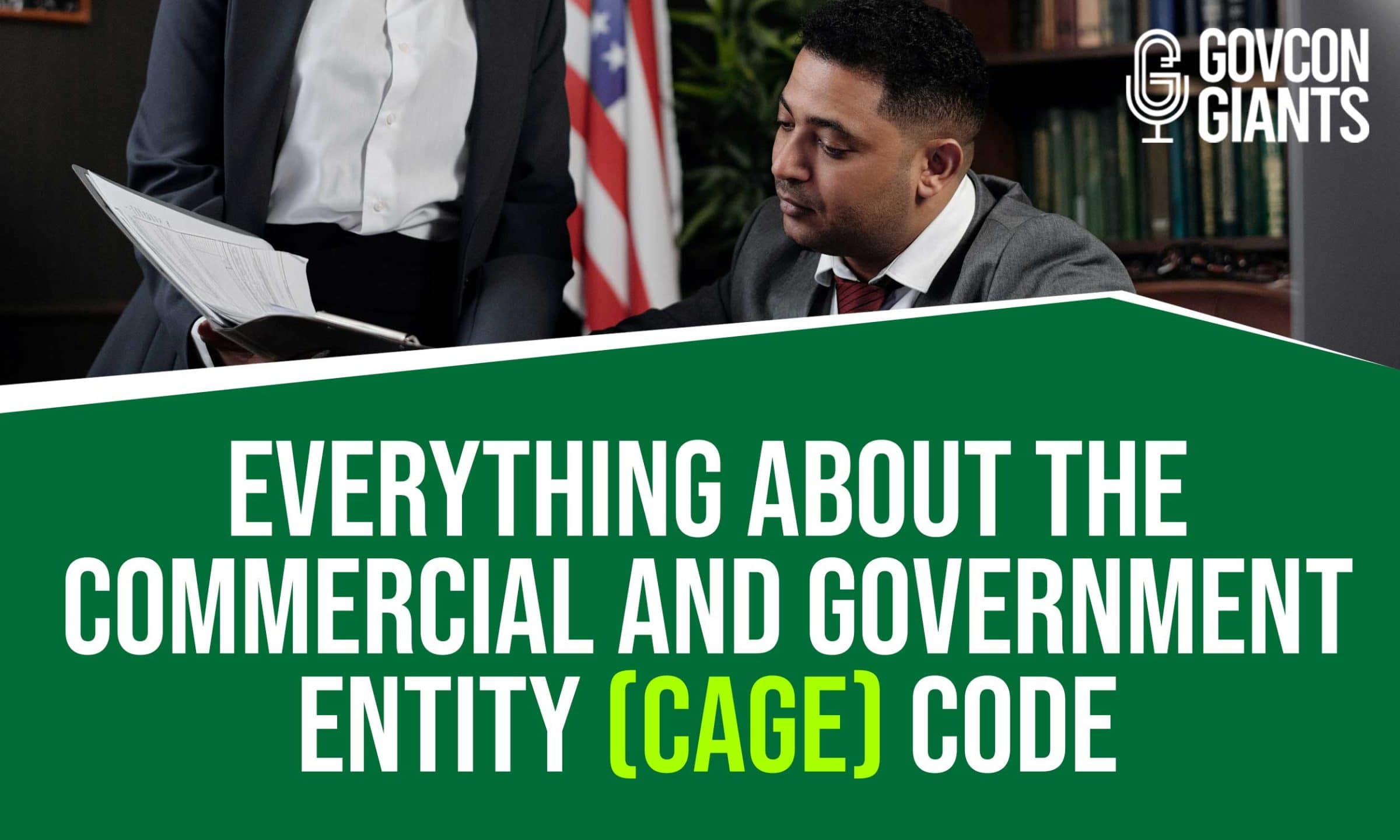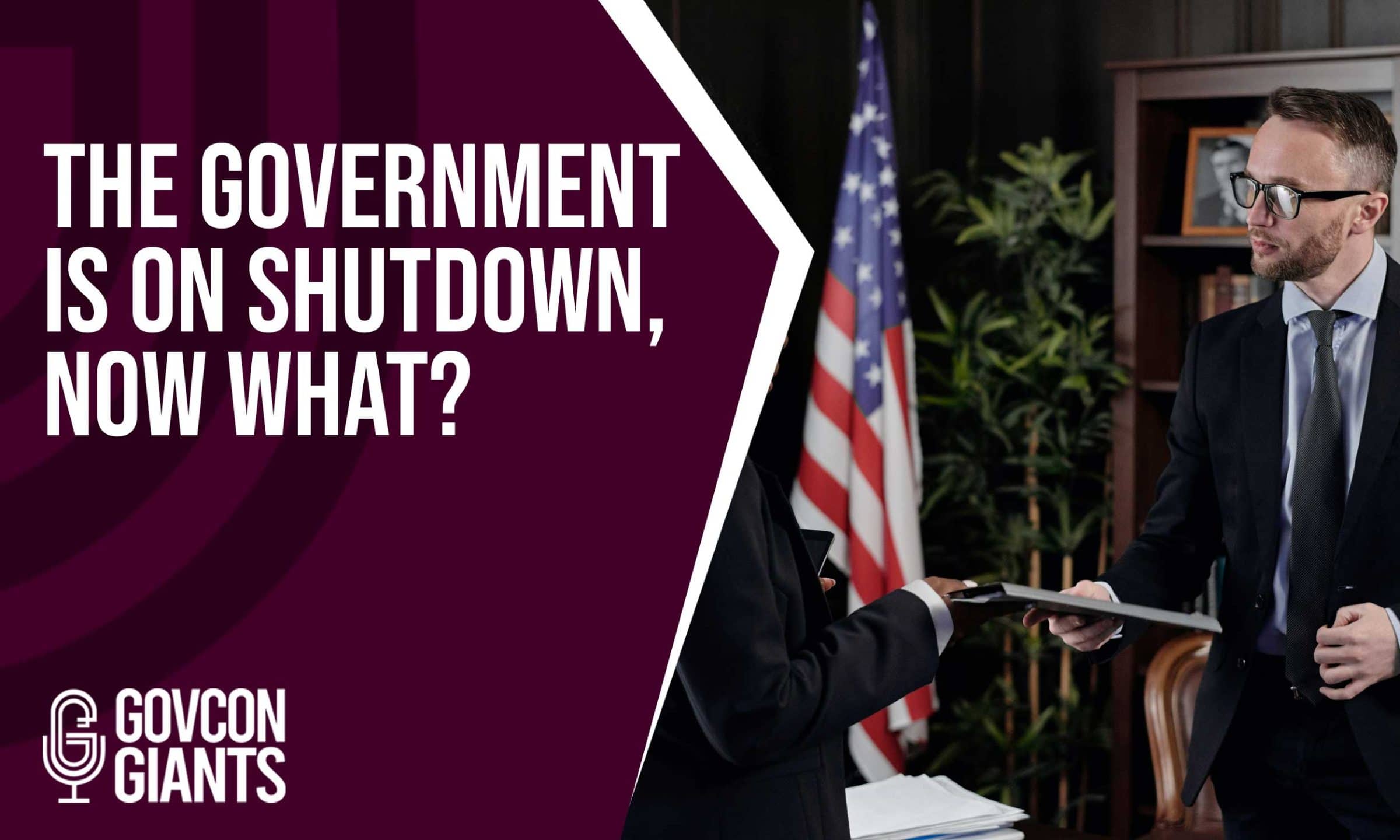Government shutdown occurs when the Congress and the President fail to act, but what happens when the government is on shutdown? Read this blog to learn more about this matter!
GOVERNMENT SHUTDOWN FACTS
1. 19 gaps in funding since 1976
Since 1976, there have been 19 gaps in budget funding.
2. Only 8 have led to employee furloughs
Eight of these shutdowns have resulted in employee furloughs.
3. Most were only a few days or weekend
Most of these shutdowns only lasted for about a weekend or so a few days.
The most significant shutdowns in history happened during the Clinton and Obama Administration, 27 days and 16 days, respectively.
4. Non-essential services are suspended
During a government shutdown, non-essential services are typically suspended.
5. Outstanding federal bids are not affected
Since most of our federal contracts are mission critical and the funding was allocated in a previous budget, there is no need to worry about the shutdown impacting outstanding projects.
The other thing to keep in mind is that in the federal marketplace, every 30th day of September is considered as the end of the federal fiscal year.
Because of this, the RFP or RFP that they put during shutdowns and afterwards are already funded. Sources sought, on the other hand, may have not yet been funded.
“Again, they’re handing mission critical items, activities, and so they have to already make allocations for this stuff to happen because we never know when we’d have our next disaster… so we already have higher-level thinking and long-term planning strategy implemented into federal level.”
6. Government shutdowns are more normal than you think
When we look back at our country’s history, it seems like government shutdowns are becoming more of a norm for sitting presidents than the exception.
Besides, our economy through Obama, Bush, Clinton, and Reagan administrations have all experienced similar situations and things ended up ‘business as usual’ after all the dust is settled.
So, before we allow the incidents of today to create anxiety and unnecessary stressors in our lives, let’s first take a look at history because it is a great predictor for future outcomes.
7. Some agencies are exempted
Some agencies are exempted and are not affected by these shutdowns because their funding and appropriations don’t come through Congress.
These institutions may include schools, prisons, parks, and some of those other agencies.
8. Top 100 contractors are still bidding jobs
Do you think that Boeing, Bechtel, Booz Allen Hamilton, General Dynamics, Accenture, Humana, Lockeed Martin, CH2M Hill stop bidding jobs just because of a government shutdown? Absolutely not.
I know the stakes are high and many people’s lives are being impacted by this event; but it is even more imperative that we turn up the heat and bid more projects and jobs.
Why? Because at this time, people usually left the federal arena because of their fears and their concerns. This then opens the public sector wide open for anyone.
“Actually, I would turn up the night and be more active in pursuing these opportunities as opposed to shying away from them.”
9. The government spent $694,452,924 on DOD contracts alone
According to their records, on January 19, 2018, the Department of Defense, one of the largest buyers in the federal government, spent $694,452,924 worth of contract.
So, although the news of a government shutdown scares people a lot, we should look at the factual information and records and bring our minds to reality. The federal marketplace is still open even though the government is on shutdown.
10. 2013 was the longest shutdown in history, but…
If you compare the spending map from 2008 to 2018, the results showed that in 2013, the Obama administration awarded the most contracts.
The government spent more than $3.9 trillion dollars across 410,553 activities. A sum that has never been seen before and this is even during the time where it had the longest shutdown in history.
If we exclude all sources of funding and focus squarely on contract spending, they still managed to crank out 164,908 contracts and spend $457,532,751,755 in 338 days.
So, in the federal marketplace, there’s no shutdown because there are still other things that need to be pursued like funding disaster relief, and others.
“There’s no shutdown when it comes to what we do. There’s no shutdown when it comes to going after opportunities and pursuing these contracts. You know at the same time, they’re still talking about all the other issues that are happening.”
STATE AND LOCAL CONTRACTS ARE DIFFERENT
On the other hand, if you have state or local municipal projects that are tied to federal funds, you could be at risk of payment delays.
These contracts are issued based on the sole premise that the federal government is going to send the money down to the state and local government, as they promised. So, if that promise changes, then your local state or city agency will not be able to fulfill their obligation.
With this, if you are working on a state or municipal job, make sure to ask your contract officer if the job is federally funded.
If so, I recommend holding off on sending additional equipment, material, or labor to a job site until this thing blew over or the agency could assure you that the funds were available today to make the payments.
RESOURCES
There is no shutdown in doing business with the federal government, so, why not take advantage of this marketplace instead?
With that in mind, let GovCon Giants help you. Just visit our website and other social media platforms or check the new GovCon Edu where you learn everything about government contracting!
You can also check these resources below to learn more about the topic:
The Government is officially shutdown. What are my next steps?
https://www.youtube.com/watch?v=wuB2J0rZW_c&t=610s
What should I be doing while the government is shutdown? – Eric Coffie
https://www.youtube.com/watch?v=eJKl9gfmVgI&t=166s




